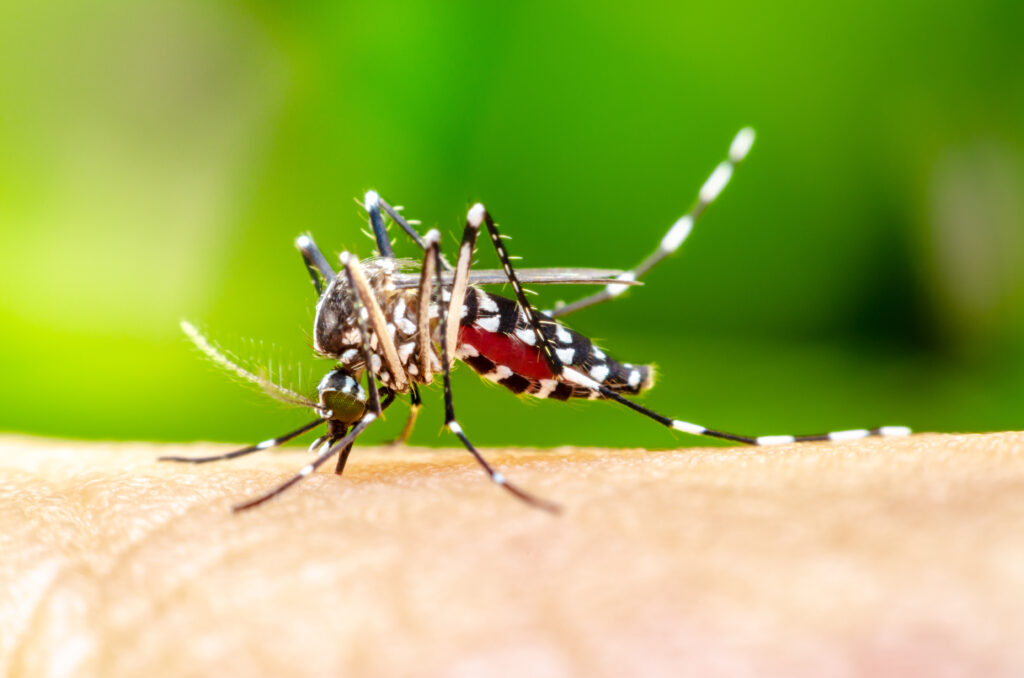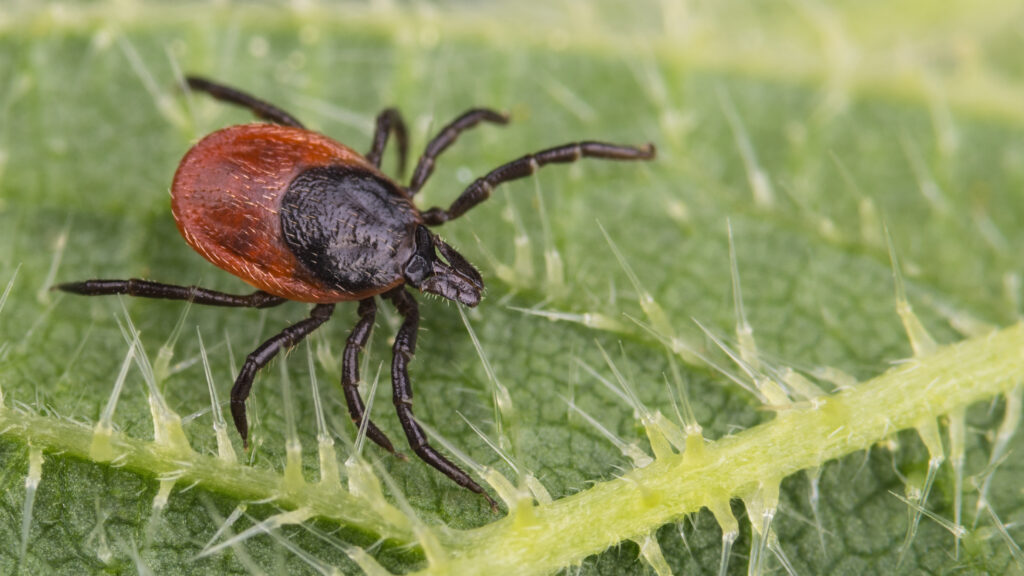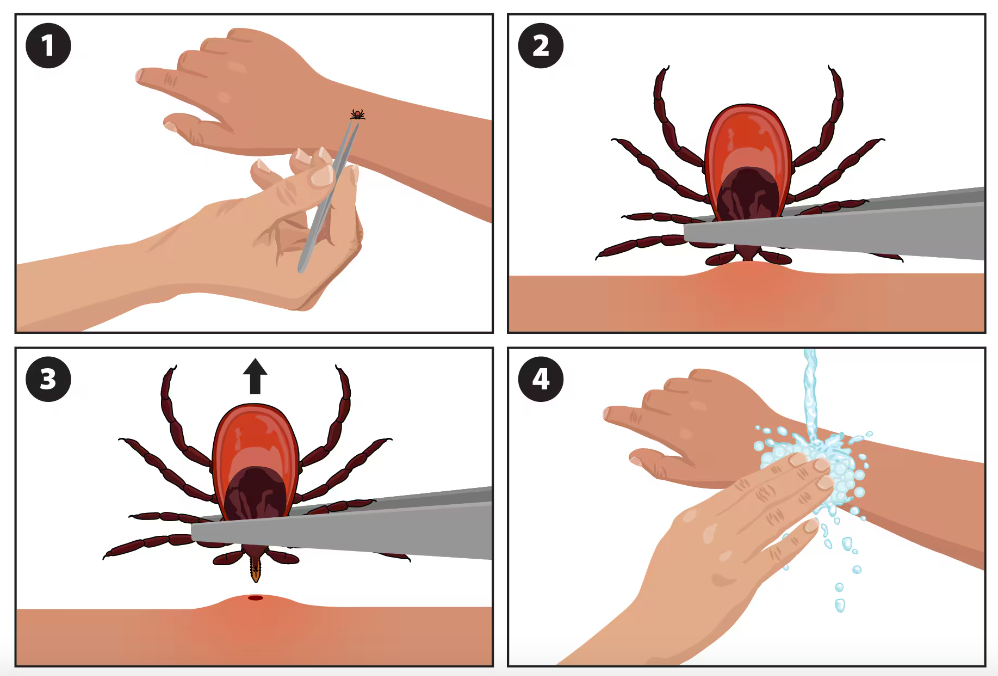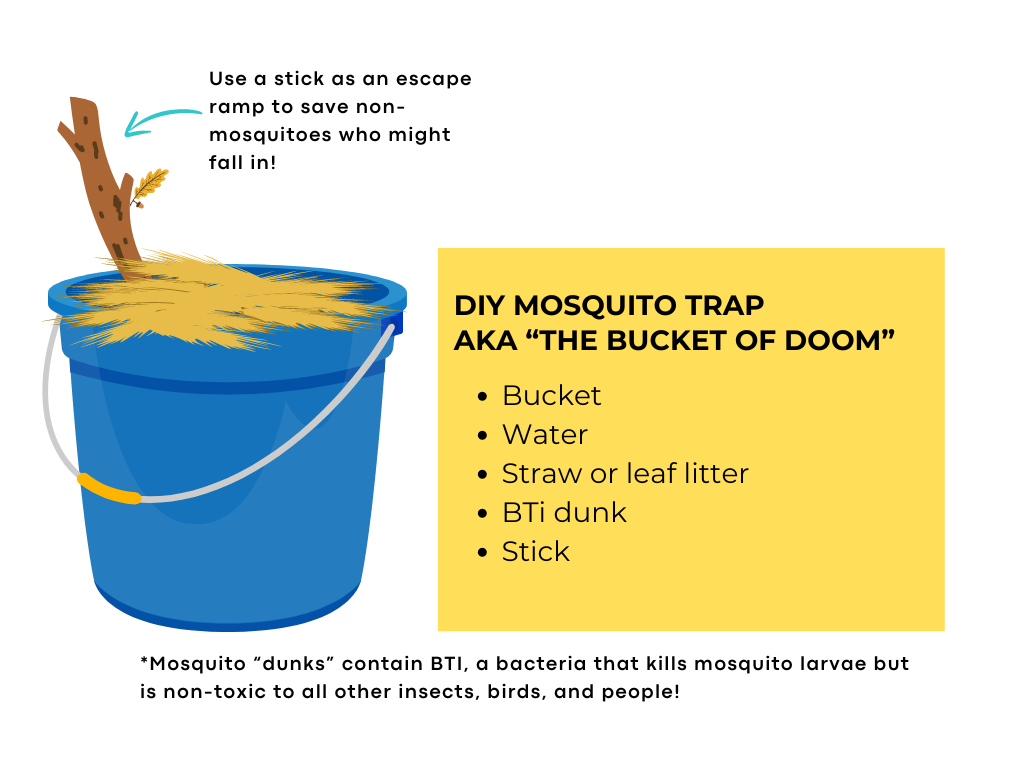Welcome to our explainer series, taking important topics and going deeper!
Who let the bugs out?
Summer is here! As we all get outside a lot more, it bears keeping in mind that several species carrying diseases are expanding across North America. Rising temperatures due to climate change benefit critters like ticks and mosquitoes by providing the perfect conditions for longer lifespans and increased population. As more species appear and many more people are vulnerable, there are ways to learn more and protect yourself.
What’s happening?
In 2023, cases of homegrown malaria appeared in the US (Florida, Maryland, and Texas) for the first time in two decades.1 While it’s still quite rare for someone in the US to contract malaria, the fact that it is reemerging is cause for concern. The species of mosquito that cause widespread malaria in sub-Saharan Africa do not live here, and our cold winters usually wipe out the mosquito populations, so the conditions do not accommodate a major outbreak. However, certain factors are changing in favor of mosquitos. Warmer winters leave more time for mosquitoes to start reproducing, increasing the probability of spreading disease. Warmer weather and summer rain storms are great for mosquitoes. Some mitigation tactics might even lend themselves to facilitating population booms. The rising temperatures and urban heat islands lead to towns creating more green spaces, which are great and have beneficial cooling effects. However, more green spaces can also be breeding grounds for mosquitos.2


The warmer weather also creates a more desirable breeding ground for ticks. Lone star ticks are spreading upward, and more places are seeing ticks for the first time, or having the population skyrocket. In addition, more deer often means more ticks. White-tailed deer are overpopulated in New Jersey, and the increased forest coverage brings more deer and other animals that ticks use as hosts. Since 2004, tick-borne diseases have more than doubled.3 In New Jersey, tick-borne illnesses have increased in the past four years.4 The black-legged tick (or deer tick) and the lone star tick are two especially concerning species of ticks being found more often, because of their ability to and rate of spreading disease. Deer ticks in particular carry two kinds of bacteria that cause Lyme, the most common vector-borne disease. Lyme disease is spreading in all directions, and cases are on the rise.
How to protect yourself
The CDC has a few recommendations to take action against ticks. Wear an EPA-registered insect repellent and light-colored clothing to make ticks easier to see. You can also treat your clothes with permethrin, an insecticide. After returning indoors, check yourself for ticks and take a shower! Throw your clothes into the dryer for ten minutes on high heat. Make sure to check pets, as dogs are susceptible to ticks and tick-borne diseases.5

If a tick has dug into your skin, pull it out with tweezers – don’t twist! Clean the bite area with soap and water or rubbing alcohol, and do not crush the tick with your fingers. Instead, put the live tick in alcohol, wrap it in tape, or flush it down the toilet. It is generally not recommended to get the tick tested because of the time it takes and the lower standards of some laboratories. However, knowing how to identify ticks is helpful, as various ticks live in different areas and transmit various diseases.6 More tools and research are being developed to help protect against mosquitoes.
Mosquitoes breed in standing water. Check and replace or clean out any sources of standing water outside, such as flowerpots, pets’ food and water bowls, bird baths, wheelbarrows, or any other place where water may have been collected. The same goes for indoors! Mosquitoes can get inside and lay eggs, preferring dark and humid places like the bathroom, under sinks, or in closets.
Mosquito Bucket of Doom
That being said, the sprays and repellents can be harmful if they are not used properly. Only about 10% of adult mosquitoes are killed, and the sprays can damage beneficial insects like butterflies and lightning bugs. An alternative is a DIY mosquito-killer that is easy to make and tries to kill the mosquitoes in earlier stages of life. ‘The Bucket of Doom’ is a simple recipe to target female mosquitoes and their eggs. Fill a five-gallon bucket halfway with water, then add a few handfuls of straw or leaf litter. Let it ferment for a few days, and then add the bacterium Bacillus thuringiensis subspecies israelensis, commonly known as ‘mosquito dunk,’ which occurs naturally in soil. This will kill mosquitoes in the larval stage but is not toxic to other insects or animals.7

What can you do?
Ticks and mosquitoes are a danger and a nuisance, and it is important to be aware of the cause and effect of their population increases and to know how to protect yourself and your loved ones. Follow the tips in this explainer and share them around!
Want to learn more?
We will be sharing our explainers every month. If there are topics you’d like to know more about, please email info@sustainableprinceton.org.
- https://publichealth.jhu.edu/2023/malarias-comeback-in-the-us ↩︎
- https://www.cnn.com/2023/06/29/world/mosquitoes-spread-climate-dengue-malaria-scn/index.html ↩︎
- https://www.cdc.gov/ticks/data-research/facts-stats/tickborne-disease-surveillance-data-summary.html?CDC_AAref_Val=https://www.cdc.gov/ticks/data-summary/index.html ↩︎
- https://www.nj.com/news/2024/05/will-nj-see-big-tick-season-this-year-heres-an-early-bite-at-the-numbers.html ↩︎
- https://www.cdc.gov/ticks/after-a-tick-bite/?CDC_AAref_Val=https://www.cdc.gov/ticks/removing_a_tick.html ↩︎
- https://www.cdc.gov/ticks/about/where-ticks-live.html ↩︎
- https://ui.charlotte.edu/story/try-e28098bucket-doome28099-eliminate-mosquitoes-without-harmful-pesticides/ ↩︎


